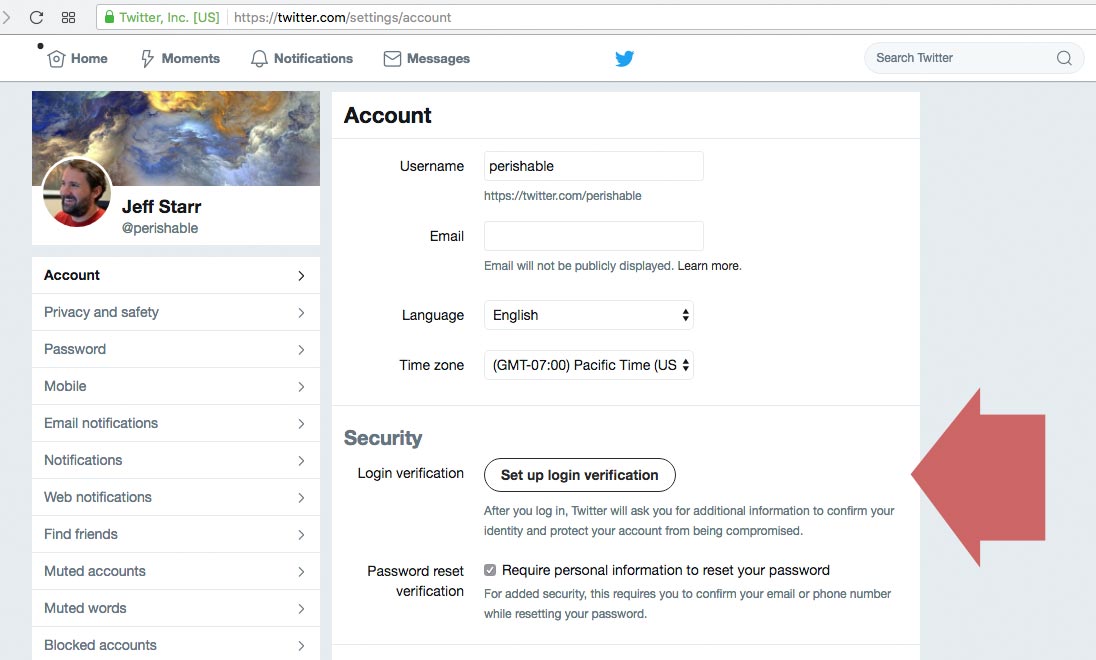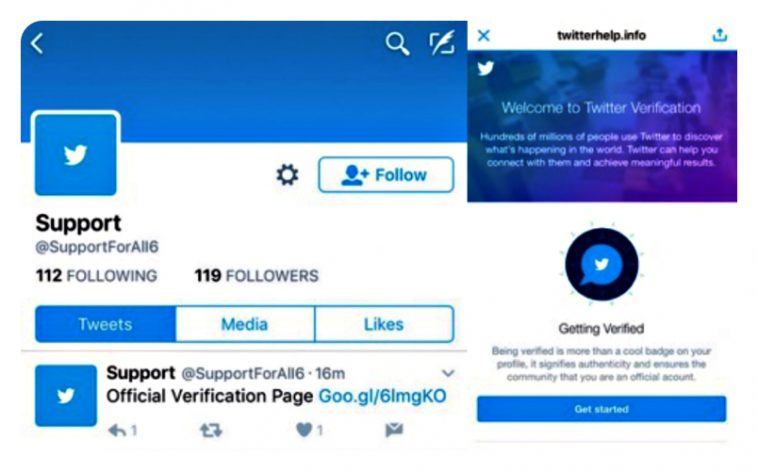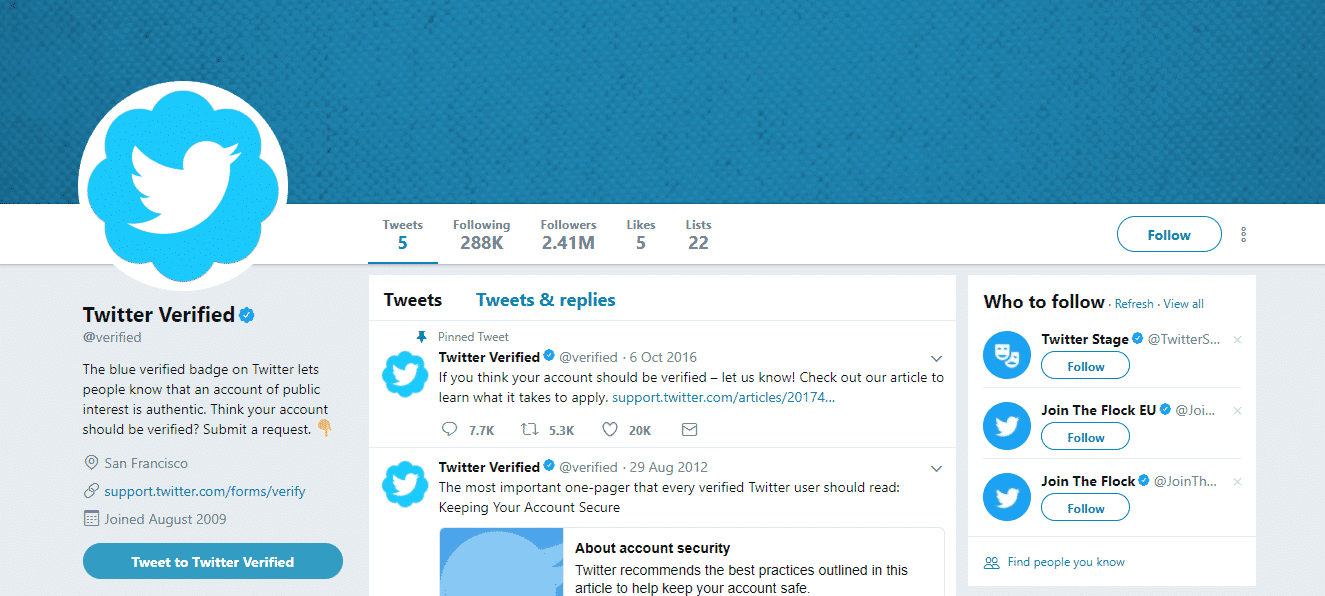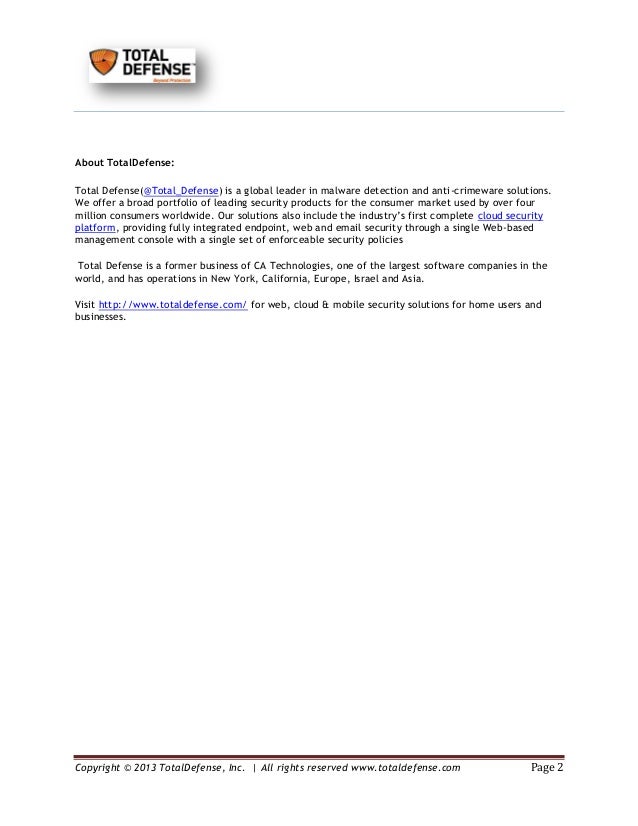In the case of the authorization code flow, an attacker can potentially steal the victim's code before it is used. They can then send this code to the client application's legitimate /callback endpoint to get access to the user's account. In this scenario, an attacker does not even need to know the client secret or the resulting access token. In any OAuth flow, the user must approve the requested access based on the scope defined in the authorization request.
The resulting token allows the client application to access only the scope that was approved by the user. But in some cases, it may be possible for an attacker to "upgrade" an access token with extra permissions due to flawed validation by the OAuth service. Note that for the implicit grant type, stealing an access token doesn't just enable you to log in to the victim's account on the client application. As the entire implicit flow takes place via the browser, you can also use the token to make your own API calls to the OAuth service's resource server.
This may enable you to fetch sensitive user data that you cannot normally access from the client application's web UI. This endpoint returns access tokens, ID tokens, and refresh tokens depending on the request parameters. For password, client credentials, saml2 assertion Early Access, and refresh token flows, calling /token is the only step of the flow. For the authorization code flow, calling /token is the second step of the flow.
An application must have authenticated with Keycloak and have received an access token. This access token will need to have the broker client-level role read-token set. This means that the user must have a role mapping for this role and the client application must have that role within its scope. In this case, given that you are accessing a protected service in Keycloak, you need to send the access token issued by Keycloak during the user authentication.
In the broker configuration page you can automatically assign this role to newly imported users by turning on the Stored Tokens Readable switch. By stealing a valid code or token, the attacker may be able to access the victim's data. Ultimately, this can completely compromise their account - the attacker could potentially log in as the victim user on any client application that is registered with this OAuth service. When an OIDC access token or SAML assertion is created, all the user role mappings of the user are, by default, added as claims within the token or assertion. Applications use this information to make access decisions on the resources controlled by that application. In Keycloak, access tokens are digitally signed and can actually be re-used by the application to invoke on other remotely secured REST services.
The oauth provider supports the authorization code flow. You can configure OAuth parameters in one place, and Ktor will automatically make a request to a specified authorization server with the necessary parameters. OAuth 2.0 is the successor to OAuth 1.0, and is designed to overcome perceived shortcomings in the earlier version. The user is first redirected to the service provider to authorize access.
After authorization has been granted, the user is redirected back to the application with a code that can be exchanged for an access token. The application requesting access, known as a client, is identified by an ID and secret. By default, each new client application has an unlimited role scope mappings. This means that every access token that is created for that client will contain all the permissions the user has. If the client gets compromised and the access token is leaked, then each system that the user has permission to access is now also compromised. It is highly suggested that you limit the roles an access token is assigned by using the Scope menu for each client.
Or alternatively, you can set role scope mappings at the Client Scope level and assign Client Scopes to your client by using theClient Scope menu. If an access token or refresh token is compromised, the first thing you should do is go to the admin console and push a not-before revocation policy to all applications. This will enforce that any tokens issued prior to that date are now invalid. Now Keycloak is going to check if the response from the identity provider is valid. If valid, it will import and create a new user or just skip that if the user already exists. If it is a new user, Keycloak may ask the identity provider for information about the user if that info doesn't already exist in the token.
If the user already exists Keycloak may ask him to link the identity returned from the identity provider with the existing account. What exactly is done is configurable and can be specified by setup of First Login Flow. At the end of this step, Keycloak authenticates the user and issues its own token in order to access the requested resource in the service provider. The client scope roles is not defined in the OpenID Connect specification and it is also not added automatically to the scopeclaim in the access token.
Clients are entities that can request authentication of a user. The first type of client is an application that wants to participate in single-sign-on. These clients just want Keycloak to provide security for them. The other type of client is one that is requesting an access token so that it can invoke other services on behalf of the authenticated user.
This section discusses various aspects around configuring clients and various ways to do it. Once it has received the data, the client application uses it in place of a username to log the user in. The access token that it received from the authorization server is often used instead of a traditional password. OAuth service provider - The website or application that controls the user's data and access to it. They support OAuth by providing an API for interacting with both an authorization server and a resource server. OAuth 1.0 is a delegated authentication strategy that involves multiple steps.
Next, the user is redirected to the service provider to authorize access. Finally, after authorization has been granted, the user is redirected back to the application and the request token can be exchanged for an access token. The application requesting access, known as a consumer, is identified by a consumer key and consumer secret. Then to ensure that client applications won't accept the tokens signed by the compromised key, you should update and push not-before policy for the realm, which is doable from the admin console.
Note that your REST and confidential clients must have set Admin URL, so that Keycloak is able to send them the request about pushed not-before policy. The scope parameter contains the string, with the scope values divided by space . The value openid is the meta-value used for all OpenID Connect requests, so we will ignore it for this example. The token will contain mappers and role scope mappings from the client scopes profile, email and phone . Keycloak is a separate server that you manage on your network.
Applications are configured to point to and be secured by this server. Keycloak uses open protocol standards like OpenID Connector SAML 2.0 to secure your applications. Browser applications redirect a user's browser from the application to the Keycloak authentication server where they enter their credentials. This redirection is important because users are completely isolated from applications and applications never see a user's credentials. Applications instead are given an identity token or assertion that is cryptographically signed.
These tokens can have identity information like username, address, email, and other profile data. They can also hold permission data so that applications can make authorization decisions. These tokens can also be used to make secure invocations on REST-based services.
You configure a request for token validation, getting scopes and scope details, authorization redirect, access token, or refresh token that meets the specifications of the custom provider. In Access Policy Manager® (APM®), the request object enables configuration of requests to meet the requirements of your OAuth providers. The object supports requests for scope permission, scope data, authorization redirect, tokens, and OpenID Connect UserInfo. It specifies the HTTP method, parameters, and headers to use for the specific type of request. For the implicit grant type, the access token is sent via the browser, which means an attacker can steal tokens associated with innocent client applications and use them directly. Once they have stolen an access token, they can send a normal browser-based request to the OAuth service's /userinfo endpoint, manually adding a new scope parameter in the process.
With the authorization code grant type, the user's data is requested and sent via secure server-to-server communication, which a third-party attacker is typically not able to manipulate directly. However, it may still be possible to achieve the same result by registering their own client application with the OAuth service. The state parameter should ideally contain an unguessable value, such as the hash of something tied to the user's session when it first initiates the OAuth flow. This value is then passed back and forth between the client application and the OAuth service as a form of CSRF token for the client application. Therefore, if you notice that the authorization request does not send a state parameter, this is extremely interesting from an attacker's perspective.
It potentially means that they can initiate an OAuth flow themselves before tricking a user's browser into completing it, similar to a traditional CSRF attack. This can have severe consequences depending on how OAuth is being used by the client application. In the implicit flow, this POST request is exposed to attackers via their browser. As a result, this behavior can lead to a serious vulnerability if the client application doesn't properly check that the access token matches the other data in the request. In this case, an attacker can simply change the parameters sent to the server to impersonate any user.
In this flow, the access token is sent from the OAuth service to the client application via the user's browser as a URL fragment. The client application then accesses the token using JavaScript. The trouble is, if the application wants to maintain the session after the user closes the page, it needs to store the current user data somewhere. After receiving an access token, the client application requests this data from the resource server, typically from a dedicated /userinfo endpoint.
OAuth 2.0 is a framework for obtaining access tokens for protected resources such as web APIs. OpenID Connect utilises the OAuth 2.0 semantics and flows to allow clients to access the user's identity, encoded in a JSON Web Token called ID token. The access token facilitates retrieval of consented profile details from theUserInfo endpoint of the OpenID provider. First of all, setting up an OAuth 2.0 server can be difficult , and using a single identity provider restricts your user.
A service like Auth0 comes in handy in such a situation. It allows us to use the many identity providers and the standard username-password login at the same time. Role Scope Mappings is a way to limit the roles that get declared inside an access token. When a client requests that a user be authenticated, the access token they receive back will only contain the role mappings you've explicitly specified for the client's scope. This allows you to limit the permissions each individual access token has rather than giving the client access to all of the user's permissions.
By default, each client gets all the role mappings of the user. Client scopes are entities in Keycloak, which are configured at the realm level and they can be linked to clients. The client scopes are referenced by their name when a request is sent to the Keycloak authorization endpoint with a corresponding value of the scope parameter. The details are described in the section about client scopes linking.
Default Client ScopesThis is applicable for both OpenID Connect and SAML clients. Default client scopes are always applied when issuing OpenID Connect tokens or SAML assertions for this client. The client will inherit Protocol mappers and Role Scope Mappings defined on the client scope. For the OpenID Connect Protocol, the Mappers and Role Scope Mappings are always applied, regardless of the value used for the scope parameter in the OpenID Connect authorization request.
The new client does not have any built-in mappers, however it usually inherits some mappers from the client scopes as described in the client scopes section. Protocol mappers map things like, for example, email address to a specific claim in the identity and access token. Their function should each be self explanatory from their name. There are additional pre-configured mappers that are not attached to the client that you can add by clicking the Add Builtin button. There is no refresh token returned and there is also no user session created on the Keycloak side upon successful authentication by default.
It is important to note that access tokens are usually short lived and often expired after only minutes. The additional refreshtoken that was transmitted by the login protocol allows the application to obtain a new access token after it expires. This refresh protocol is important in the situation of a compromised system. If access tokens are short lived, the whole system is only vulnerable to a stolen token for the lifetime of the access token. Future refresh token requests will fail if an admin has revoked access.
The default OAuth Logon Page agent displays messages that instruct the user to log in using an authorization code or a resource owner password credentials grant type. It displays option buttons from which users select the OAuth provider through whom they want to log in. With this access policy, the user logs on through a BIG-IP® system. The OAuth Client agent obtains an access token, and an OAuth Scope agent tries to retrieve the list of scopes associated with the token from the OAuth provider.
When the token expires, the system makes no attempt to refresh it. You configure a provider list for use with APM configured as an OAuth resource server. A provider list enables a single OAuth Scope agent in an access policy to validate tokens issued by multiple OAuth providers. Configure requests for token validation, getting scopes and scope details, authorization redirect, access token, or refresh token to meet the specifications of the provider. Once you identify which other pages you are able to set as the redirect URI, you should audit them for additional vulnerabilities that you can potentially use to leak the code or token.
For the authorization code flow, you need to find a vulnerability that gives you access to the query parameters, whereas for the implicit grant type, you need to extract the URL fragment. As we've already mentioned, the OAuth specification is relatively loosely defined. This is especially true with regard to the implementation by the client application.
There are a lot of moving parts in an OAuth flow, with many optional parameters and configuration settings in each grant type, which means there's plenty of scope for misconfigurations. The client application receives a unique access token that proves they have permission from the user to access the requested data. Exactly how this happens varies significantly depending on the grant type. This is to ensure the token responseis compliant with the OAuth 2.0 spec. For basic OpenID authentication requests where only an ID token is requested this access token is nominal and may be safely ignored. The access token however comes into play when also requesting access to user profile data at the UserInfo endpoint.
N/A id_token code Claims associated with requested scopes. Claims associated with the requested scopes The full set of claims for the requested scopes is available via the /oauth2/v1/userinfo endpoint. The claims requested by the profile, email, address, and phone scope values are returned from the /userinfo endpoint when a response_type value is used that results in an access token being issued.


























